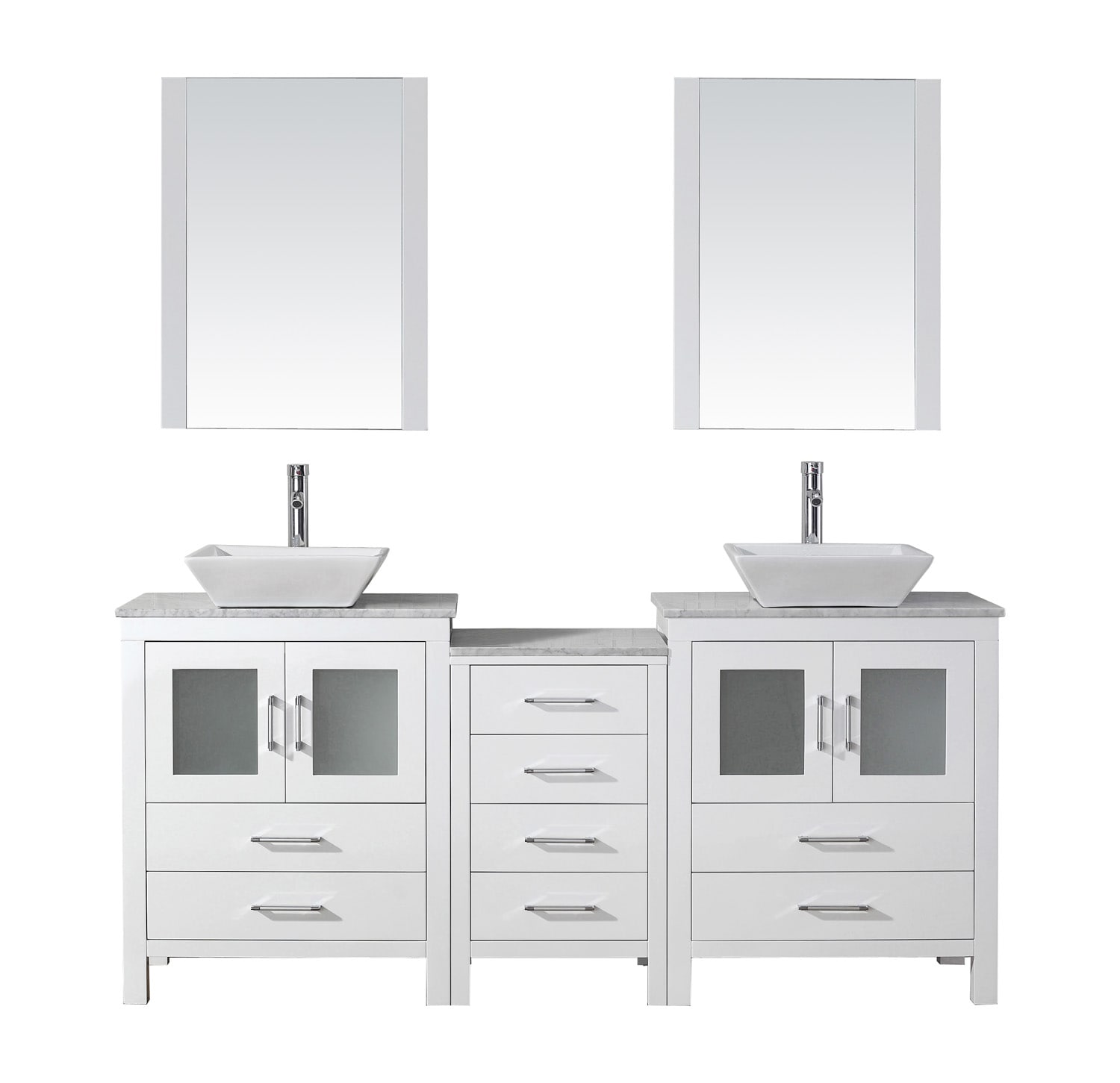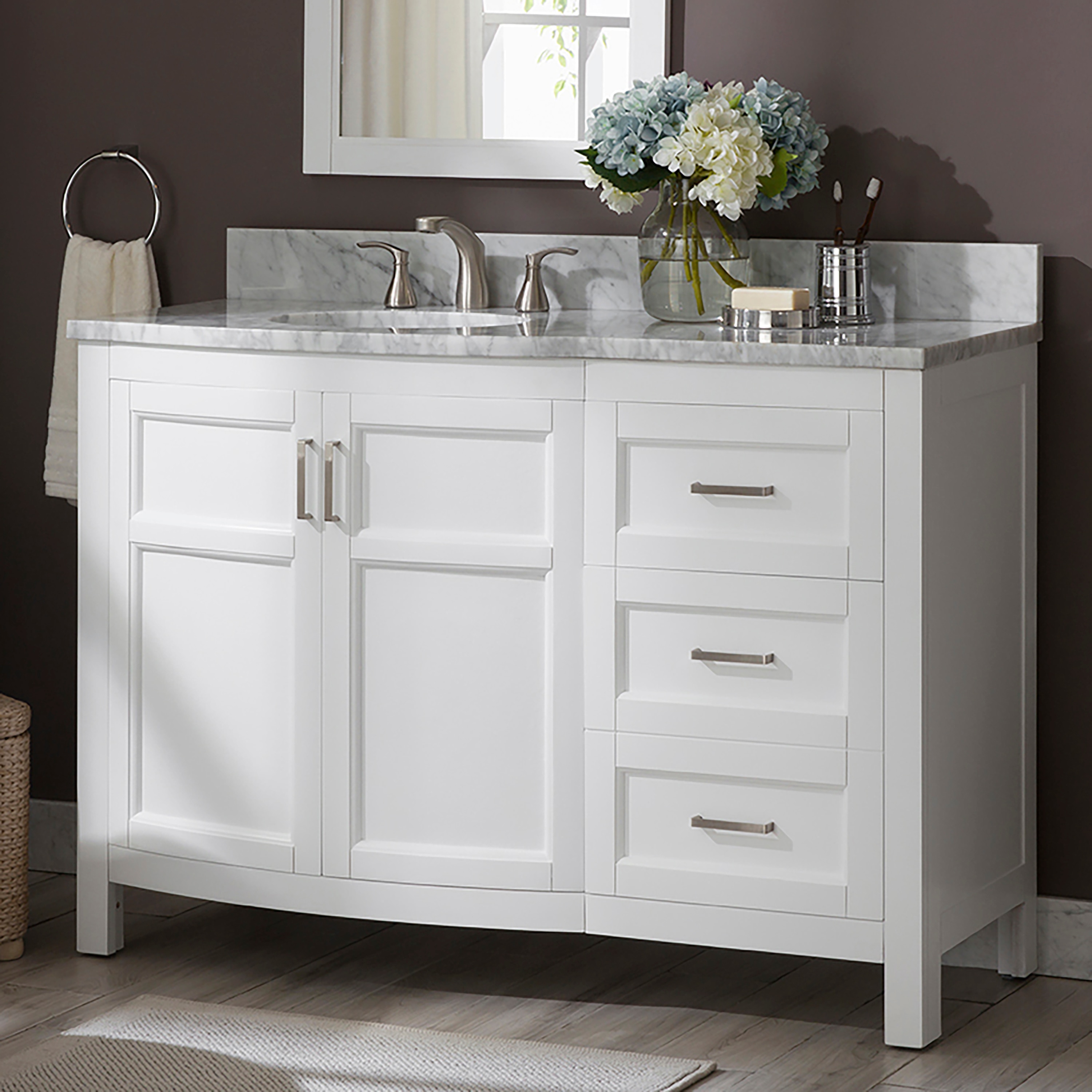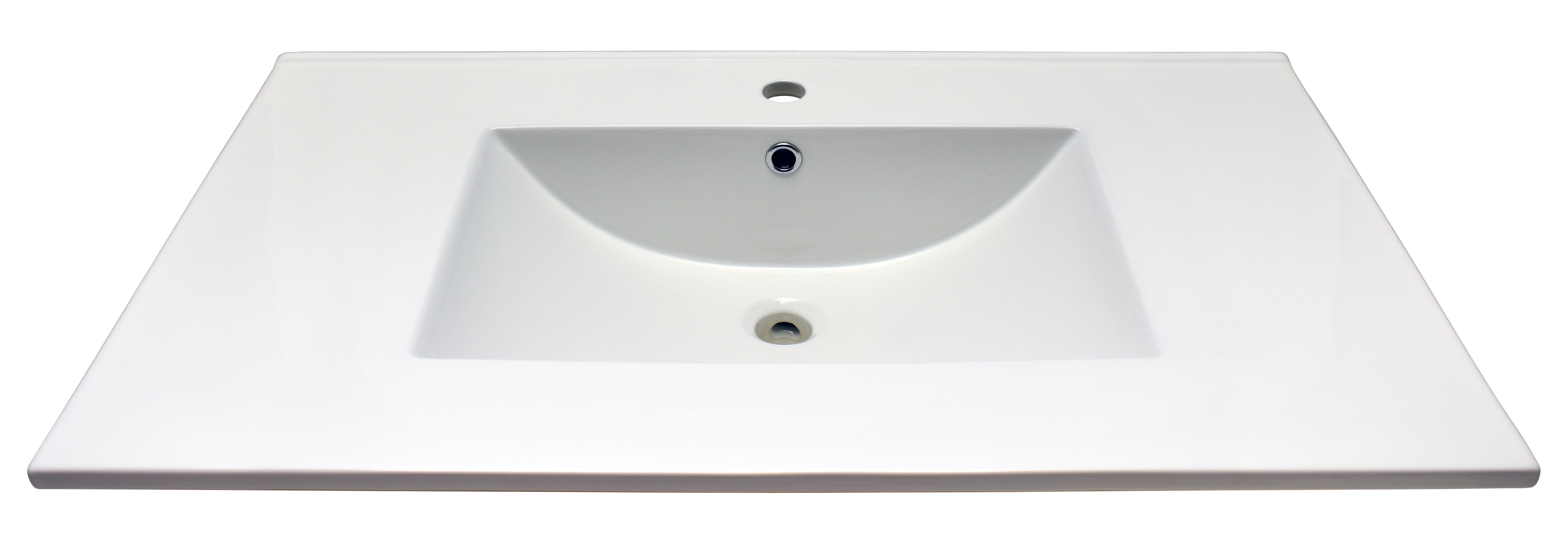67-Inch Vanity Top Dimensions and Design: 67 Bathroom Vanity Top

A 67-inch vanity top is a popular choice for larger bathrooms, offering ample space for double sinks, storage, and a more spacious feel. Understanding the standard dimensions and design considerations for this size is crucial for creating a functional and aesthetically pleasing bathroom.
Standard Dimensions and Impact on Bathroom Layout
The standard dimensions of a 67-inch vanity top typically range from 67 inches in length to 22 inches in depth. However, variations in countertop materials and sink configurations can affect these dimensions. The length of the vanity top plays a significant role in determining the overall size and layout of the bathroom. A 67-inch vanity top requires sufficient space for installation and movement around the vanity. It is essential to consider the width of the bathroom and the location of other fixtures, such as the toilet and shower, when planning a bathroom with a 67-inch vanity top.
Vanity Top Shapes and Styles
67-inch vanity tops are available in various shapes and styles to complement different bathroom designs.
- Rectangular: Rectangular vanity tops are the most common shape, offering a classic and versatile design. They are suitable for various bathroom layouts and can accommodate double sinks or a single large sink.
- Curved: Curved vanity tops add a touch of elegance and sophistication to the bathroom. They can be used to create a focal point in the space and offer a unique aesthetic.
- L-shaped: L-shaped vanity tops are ideal for corner bathrooms, maximizing space and creating a functional layout. They can accommodate double sinks and provide ample counter space.
Bathroom Layout with a 67-Inch Vanity Top
A 67-inch vanity top can be incorporated into various bathroom layouts. A common layout features the vanity top positioned against a wall, with the sink(s) facing the room. This layout allows for ample counter space and storage, while providing a spacious and comfortable experience.
Example: A 67-inch rectangular vanity top can be placed against the wall, with two sinks positioned on either side. This configuration offers ample space for two people to use the vanity simultaneously.
The layout can be further enhanced by incorporating storage solutions, such as cabinets, drawers, and open shelves. The placement of the vanity top should also consider the location of other bathroom fixtures, such as the toilet, shower, and bathtub.
Example: A 67-inch vanity top can be placed opposite the toilet, creating a balanced and functional layout. This arrangement allows for easy access to both fixtures without compromising space.
Materials and Finishes for 67-Inch Vanity Tops

A 67-inch vanity top is a significant element in any bathroom, offering ample space for storage and creating a visually appealing focal point. The choice of materials and finishes for such a large vanity top is crucial, as it will impact the overall style, durability, and maintenance requirements of the bathroom.
Natural Stone
Natural stone, such as granite, marble, and quartz, is a popular choice for vanity tops due to its timeless elegance and durability.
- Granite is known for its exceptional hardness and resistance to scratches and stains. Its unique patterns and colors create a luxurious and sophisticated look.
- Marble, while elegant and beautiful, is more porous than granite and requires regular sealing to prevent staining. Its delicate veining and soft tones add a touch of classic sophistication to any bathroom.
- Quartz is a natural stone that is engineered with resins to create a non-porous surface that is highly resistant to stains, scratches, and heat. It is available in a wide variety of colors and patterns, making it a versatile option for any bathroom style.
Engineered Stone, 67 bathroom vanity top
Engineered stone, also known as quartz stone, is a composite material made from crushed natural stone and resin. It is a popular choice for vanity tops due to its durability, low maintenance, and wide range of colors and patterns.
- Engineered stone is highly resistant to scratches, stains, and heat, making it a practical choice for busy bathrooms.
- It is also non-porous, which means it does not absorb water and is resistant to bacteria and mold growth.
- Engineered stone is available in a wide range of colors and patterns, from classic white to bold black and everything in between.
Ceramic
Ceramic is a traditional and affordable material that is often used for vanity tops.
- It is available in a wide range of colors and finishes, making it a versatile option for any bathroom style.
- Ceramic is also relatively easy to clean and maintain.
- However, ceramic is more susceptible to scratches and chips than other materials, such as natural stone or engineered stone.
Finishes
The finish of a vanity top can significantly impact its overall look and feel. Common finishes for 67-inch vanity tops include:
- Polished: A polished finish gives the surface a high-gloss sheen, reflecting light and creating a luxurious look. This finish is often used for natural stone, such as granite and marble.
- Honed: A honed finish provides a matte or satin-like appearance, offering a subtle elegance and a less reflective surface. This finish is popular for both natural and engineered stone.
- Leather: A leather finish provides a textured surface that is both elegant and durable. It is often used for natural stone, creating a unique and tactile experience.
- Brushed: A brushed finish is often used for metal vanity tops, creating a contemporary and industrial look. The brushed surface adds texture and depth to the metal, reflecting light in a unique way.
67-Inch Vanity Top Installation and Maintenance

Installing a 67-inch vanity top is a crucial step in completing your bathroom renovation. Proper installation ensures the vanity top fits perfectly, is securely attached, and is protected from water damage. This section will guide you through the process, highlighting essential steps and providing maintenance tips for long-lasting beauty and functionality.
Installing a 67-Inch Vanity Top
The installation process typically involves cutting, sealing, and securing the vanity top.
- Cutting: In some cases, you may need to cut the vanity top to fit the specific dimensions of your bathroom sink. This is usually done with a wet saw, which allows for precise cuts and minimizes chipping. Use a measuring tape to determine the exact dimensions needed and mark the cut lines on the vanity top. Always wear safety goggles and gloves during the cutting process.
- Sealing: Sealing the vanity top is essential to prevent water damage. Apply a sealant along the edges and any exposed areas of the countertop to create a barrier against moisture. Use a sealant specifically designed for bathroom countertops, ensuring it is compatible with the material of your vanity top.
- Securing: Securely attaching the vanity top to the vanity base is crucial. This is usually done with screws or clips, depending on the design of the vanity. Refer to the manufacturer’s instructions for specific installation guidelines. Make sure the screws or clips are long enough to securely fasten the vanity top to the base.
Maintaining a 67-Inch Vanity Top
Maintaining your 67-inch vanity top is essential for its longevity and beauty. Here are some tips:
- Cleaning: Regularly clean the vanity top with a mild cleaner and a soft cloth. Avoid abrasive cleaners, which can scratch the surface. For tougher stains, use a specialized cleaner recommended for the specific material of your vanity top.
- Stain Removal: Act quickly to remove spills and stains. Immediately blot up any spills with a clean cloth or paper towel. For more stubborn stains, consult the manufacturer’s recommendations for stain removal.
- Preventing Damage: Protect your vanity top from damage by using a cutting board when preparing food. Avoid placing hot objects directly on the surface. Consider using coasters or trivets to prevent heat damage.
Ventilation and Sealing
Proper ventilation is crucial to prevent moisture buildup, which can lead to water damage. Ensure your bathroom has adequate ventilation by using a fan during and after showers. Additionally, sealing any cracks or gaps in the countertop and around the sink can prevent water from seeping in and causing damage.
